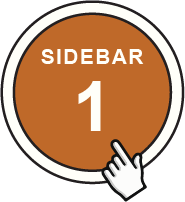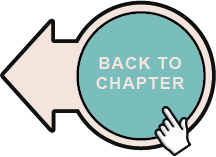Show Navigation Menu
Section Two : Becoming a Researcher/Scholar
Chapter 8: Reviewing and Improving Writing, Sidebar 1
Introduction | Proofreading and Editing | Using a Peer Reviewer | Using a Professional Editor |
Hide Navigation Menu
Home Page
Section 1 Foundations of Doctoral Study / Chapter 7 Preparing for Writing
Time Savers: Six Questions for Self Proof-Revising
Want to proofread and edit your own work? Then ask yourself:
1. Do I have the skills? If the answer is no, get busy and review the APA manual, English grammar textbooks, and websites such as Purdue University’s OWL. Learning about correct formatting, grammar usage, and mechanical issues will save you time when it comes to proofreading and editing.
2. Who or what can help me? A second set of eyes can be helpful in catching those pesky errors. Think about swapping documents with a friend for some weekend editing. When available, templates, rubrics, and all guidelines will come in handy and cut editing time by at least a third. So read and use the templates and guidelines provided to save time while proofreading and editing.
3. Have I waited too long to begin proofreading and editing my document? The length of the document will determine this timeline, but you can never begin too early. Proofread and edit as you go. Waiting until a long document is completed will not be time effective and will cause you to miss common errors in your haste to meet a deadline. Allowing a few days between writing and proofreading will help make those errors stand out on the page.
4. Should I read the document for specific errors during one read-through? Remember that there will be various types of errors; grammar, usage, mechanical, in-text citations, and others. At least three full read-throughs looking for just one issue during each read-through, such as mechanical issues or grammar issues, should be the standard, with more read-throughs required if there are numerous issues.
5. What is the best way to read through my document for errors? Find the way that works for you and provides thorough results.
a. Some proofreaders and editors like to read the piece aloud. This slows the process down and allows more time to review each sentence for clarity and errors.
b. Other scholars like to use a print out and then make notes on the paper copy. This makes it easy to keep track of revisions by marking through those notes as corrections are made.
c. Most editors find that taking it slow works best in either case and reduces the number of read-throughs required to catch all the errors.
d. Some proofreaders like to edit by reading backwards—from the end of the document to the beginning. This likely will point to necessary revisions in the structure of the work. See if this technique works for you.
6. When should I focus on proofreading and editing the citations and the reference list? Copying the citation or reference format suggested online does not always provide the current or correct formatting since different disciplines often call for different formatting. Proofreading and editing citations and references should begin when you begin writing. This will come naturally if you have developed the skills as noted in No. 1 above. Many authors have finished a piece only to find that they must now relocate all of those sources used within the piece. This can add hours to your proofreading and editing.

